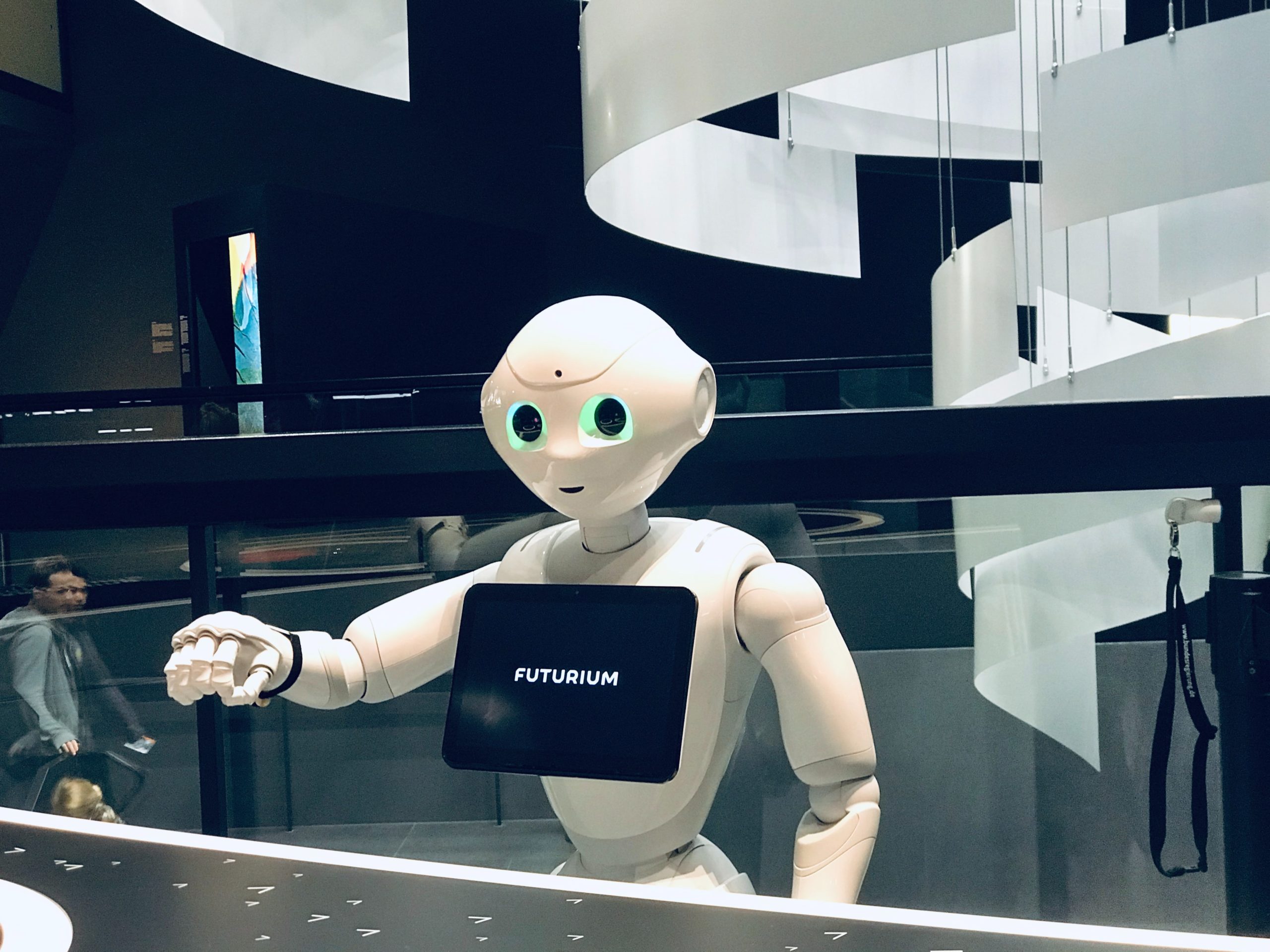Since the advent of the robotics industry, robots have mostly been used for automating industrial processes and have operated on production shop floors in cages.
This trend is drastically changing now as robots are currently working in every-day settings alongside humans and having human-like features. With the rapid development in emerging technologies, robots with applications outside factories are becoming safe for adoption.
Various other non-technical factors have also contributed to the growth in non-factory robots, also otherwise called service robots.
This article analyses the recent growth and market trends in service robotics and the various technical and non-technical reasons behind it.
Recent Growth And Market Predictions
According to market reports, the service robotics industry will reach a value of $37 billion between 2019 and 2021. By 2025, this industry is predicted to grow to $102.5 billion with a compounded annual growth rate of 22.6%.
Multiple applications of service robots provide opportunities for growth in the industry and beyond. Investors already see this potential as service robotics companies see huge sums of funding coming their way.
Sectors like healthcare, warehouses, hospitality, and agriculture provide a huge scope for commercial applications of service robots. Each of these industries has unique requirements in terms of adopting processes. Thus, service robotics companies focusing only on sector-specific applications have seen good results and have received more funding in the past couple of years.
Bossa Nova, for instance, that develops robots to assist humans in warehouses raised a total of $101.6 million in the last five years. Diligent, which provides service robots to perform various hospital tasks, raised $15.8 million since 2017.
Service robots are also gaining more adoption in domestic applications. Smart robots with advanced features for education, cleaning, entertainment, or other household purposes are becoming attractive. Rental options by companies make it more affordable.
A Chinese UBTech Robotics that manufactures domestic robots for education and entertainment purposes raised $940 million in 2018.
Service robots are also finding applications on roads in the form of function-specific automated guided vehicles.
The year 2020 saw some of the highest investments go to self-driving car companies like Cruise, Waymo, and Nuro. The three companies together have raised funding of more than $9.7 billion in the last two years.
Favourable factors for adoption and high investment activity by some of the top venture capitalists in the service robotics is indicative of the future it holds for the industry.
Favourable Enablers For Service Robots
Since non-factory robots need to work in an environment without fixed dimensions, they need better control over their movement. For safe and successful adoption, they need better navigation, dexterity, and cognition in them.
“Today a robot has multiple cameras and technologies like Embedded Vision that are helping it navigate better,” said Mr Walter Zulauf, Vice-chairman at the European Robotics Industry Association.
“In the future robots will get even better vision systems and will need even less human interventions. Laser vision technologies enable robots to work even in the dark. The robots will have better, lighter and more accurate sensors providing better dexterity.”
Technologies like Visual Simultaneous Localisation and Mapping (VSLAM) have come up with algorithms that can help robots map the surrounding environment and locate themselves within it. It can navigate itself in a highly dynamic environment using multiple vision sensors.
If robots and humans have to work together, a smooth interaction is essential for a better collaborative effort. The progress made in Natural Language Processing over the past decade has made better cognition possible in robots.
“Apart from the obvious technical advantage there are many non-technical factors that have also worked in favour of service robots,” said Mr Zulauf, “For instance, the younger generation finds it easier to adopt the technology. Hence, they can easily accept and work together with robots.
“Secondly, as fewer students choose science, technology, engineering, and mathematics graduations, the technical skill level across industries is reducing. Hence smart and AI-driven service robots can fill this gap and create capacity in the industry.
“Finally, robots are always going to be cheaper and economically viable than labour, especially in countries with higher living standards.”
Wrapping Up
While service robots see a lot of investment, the high-performance robots that work behind the fences will still remain relevant, according to Mr Zulauf. This is because some of the robots are so fast and highly productive that they will need to function in safe environments.
But with the new advancements in technologies, there will be a next generation of service robots with many sophisticated applications.

















































































